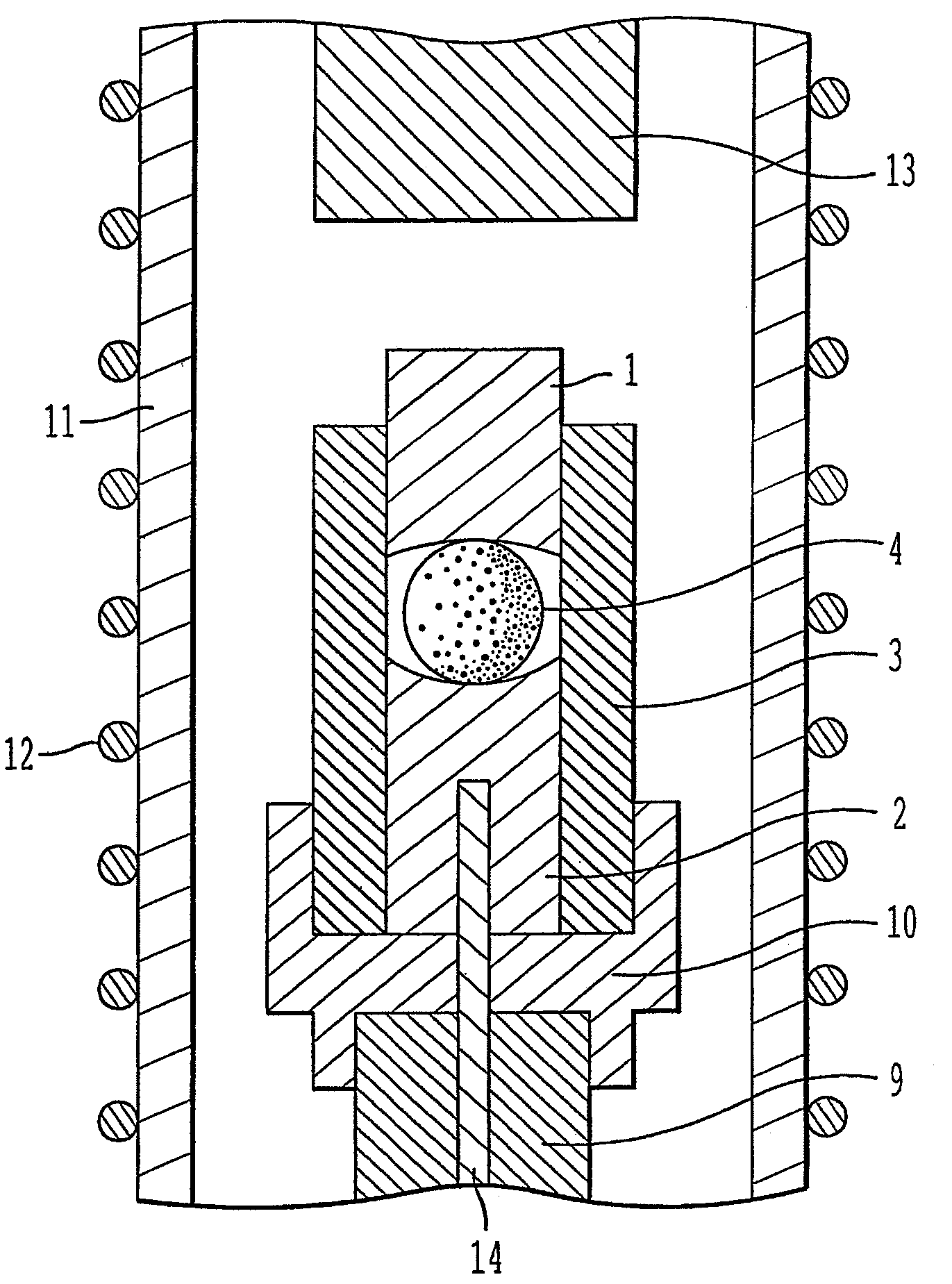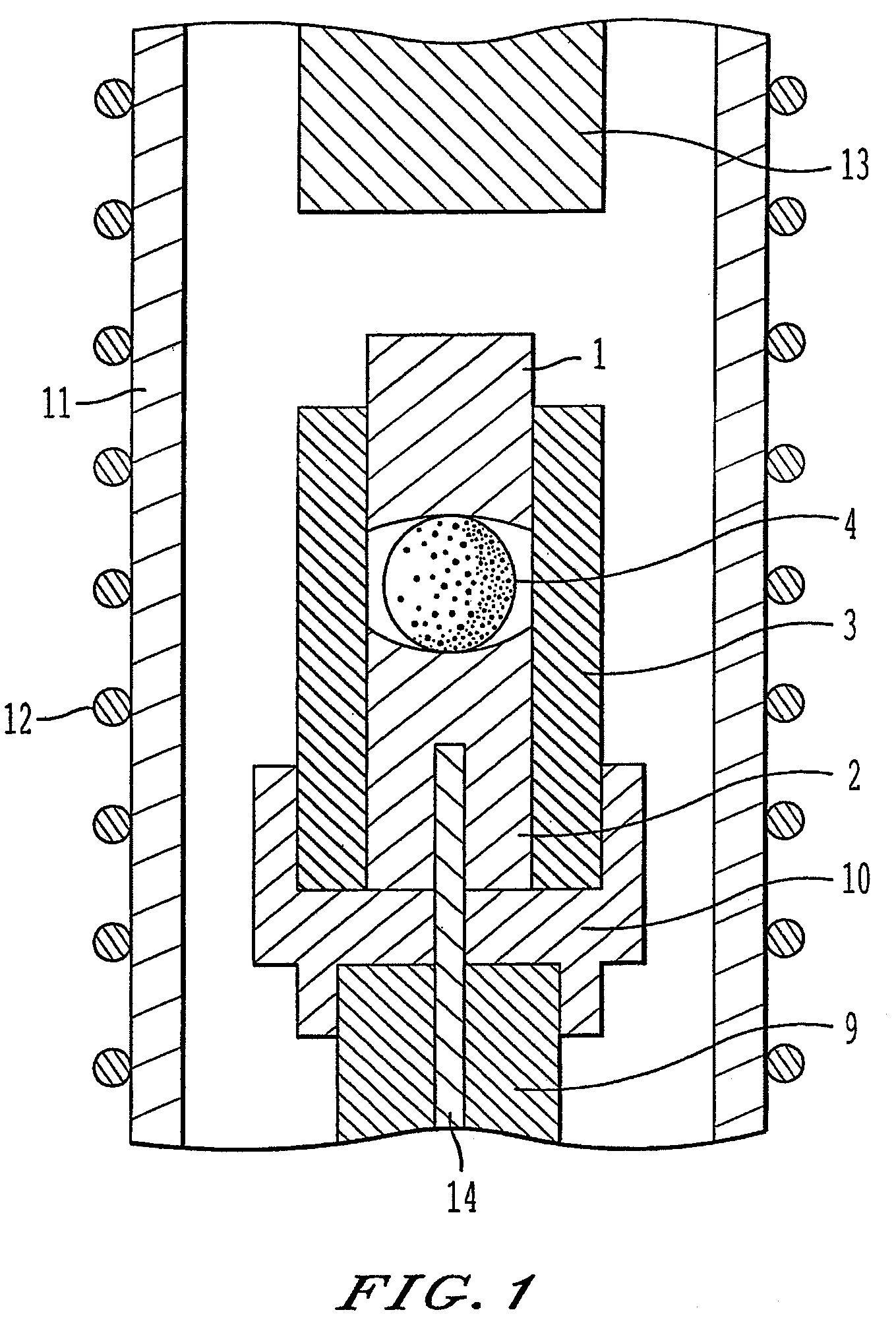Optical glass, preform for precision press-molding, optical element, and methods for manufacturing the same
a technology of optical elements and optical glass, applied in the field of optical glass, can solve the problems of compromising vitrification, affecting the stability of glass,
- Summary
- Abstract
- Description
- Claims
- Application Information
AI Technical Summary
Benefits of technology
Problems solved by technology
Method used
Image
Examples
examples
[0181]The present invention is further described below through embodiments. However, the present invention is not limited to those shown in the embodiments.
Manufacturing Optical Glass
[0182]Table 1 gives glass compositions. For each of these glasses, starting materials of the various components in the form of corresponding oxides, hydroxides, carbonates, and nitrates were weighed out to yield the compositions shown in Table 1 following vitrification, thoroughly mixed, charged to a platinum crucible, melted at a temperature range of from 1,250 to 1,350° C. in an electric furnace, homogenized by stirring, and clarified. They were then cast into a metal mold that had been preheated to suitable temperature. The cast glass was cooled to the glass transition temperature and then immediately placed in an annealing furnace, where it was gradually cooled to room temperature to obtain the various optical glasses.
[0183]The refractive index (nd), Abbé number (nu(v)d), glass transition temperatur...
PUM
| Property | Measurement | Unit |
|---|---|---|
| refractive index nd | aaaaa | aaaaa |
| Abbé number nu(v) | aaaaa | aaaaa |
| Abbé number nu(v) | aaaaa | aaaaa |
Abstract
Description
Claims
Application Information
 Login to View More
Login to View More - R&D
- Intellectual Property
- Life Sciences
- Materials
- Tech Scout
- Unparalleled Data Quality
- Higher Quality Content
- 60% Fewer Hallucinations
Browse by: Latest US Patents, China's latest patents, Technical Efficacy Thesaurus, Application Domain, Technology Topic, Popular Technical Reports.
© 2025 PatSnap. All rights reserved.Legal|Privacy policy|Modern Slavery Act Transparency Statement|Sitemap|About US| Contact US: help@patsnap.com


